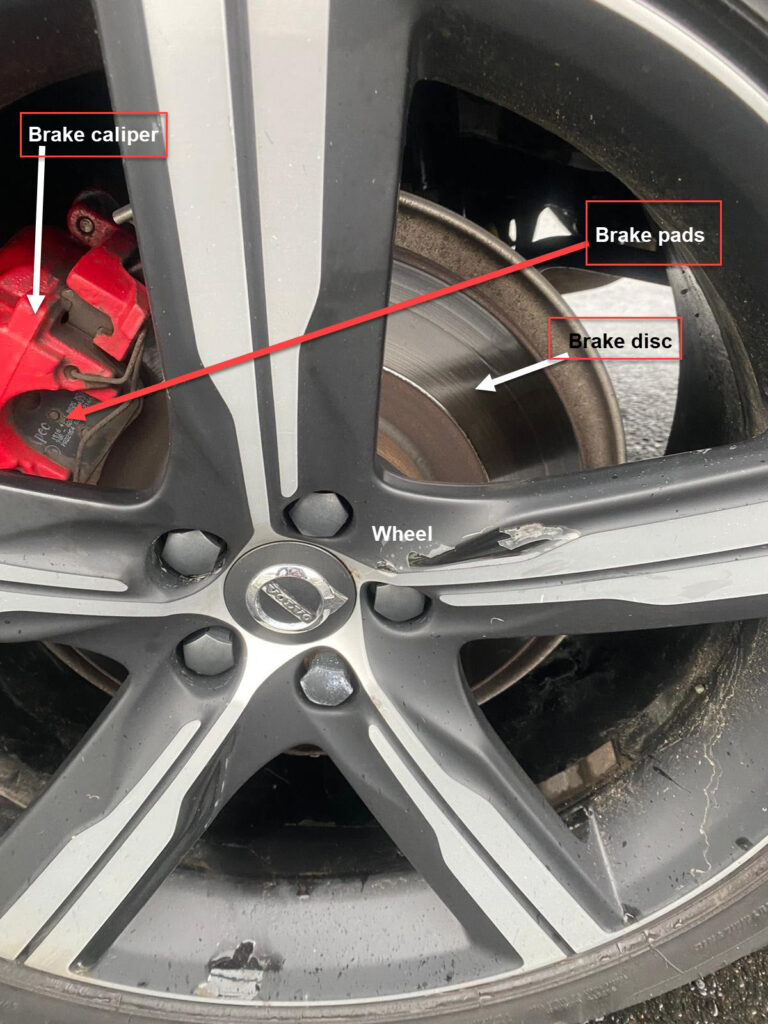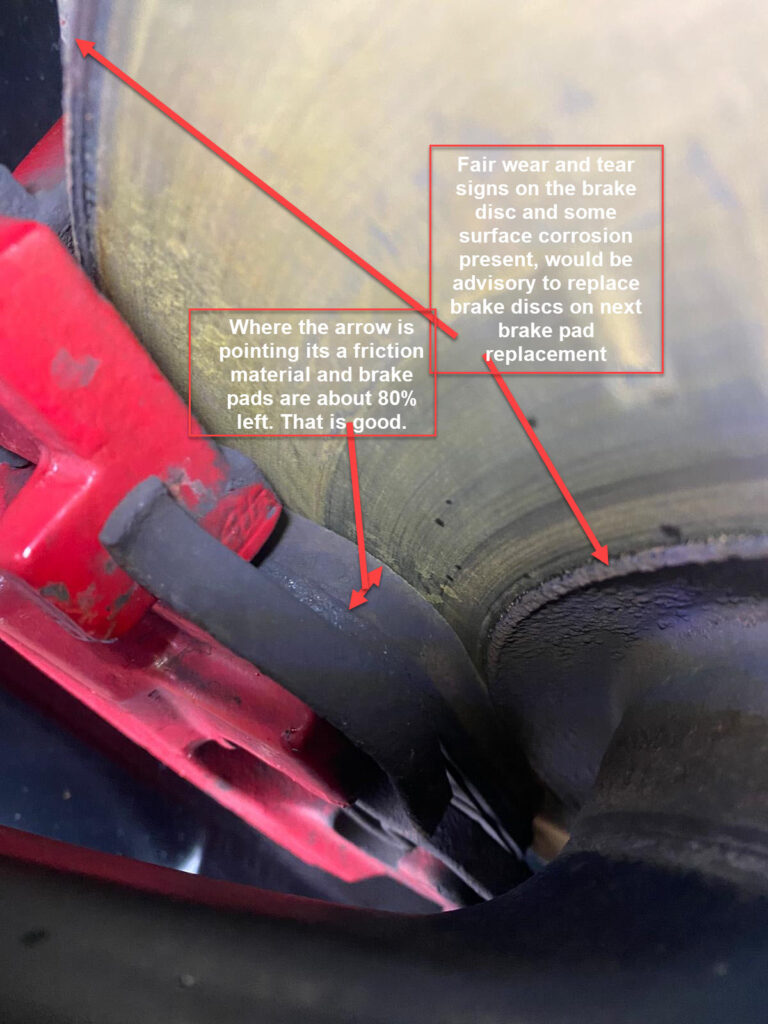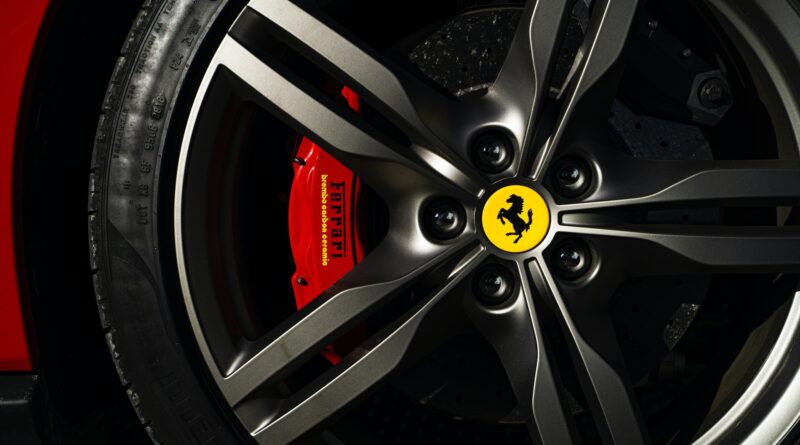How to Check the Brakes and Brake Pads on a Used Car
When buying a used car, there are a lot of things that can end up costing you money to fix, but one of the easiest to check and most detrimental to your safety is actually the brakes. Learning how to check the brake pads on a used car might just be one of the most important things about a car you ever do, and we have the simple tips you need to do it. After all, there’s no telling what condition a used car is without a professional opinion, but safety isn’t something that can be sacrificed to ignorance.

Listen to the Brake Pads
Firstly, the easiest thing to do is to listen out for the sound of worn brakes. Brakes are generally designed so that when they are wearing thin, they will produce an easily recognisable sound that tells you it’s time to change. It’s your safety on the line after all, so it’s always worth checking out noises that just don’t sound quite right. This isn’t the same on every car however as some may have electrical systems or sensors to tell you about brake health, but others will instead have nothing at all.
The reason behind the noises here actually comes from specifically placed materials within the brake pad itself. By adding sheets of metal in the right place, it’s possible to create this noise as the callipers are applied to the breaks, all with the sole purpose of letting you know that something’s wrong. If the sheets aren’t present, you still might be able to hear grinding, scraping, or other unfamiliar sounds.
Stopping Distance / Required Pressure
The next key area to check when looking into the condition of the brakes on any used car is by actually trying them out. It sounds obvious of course, but every car is different with how they perform with their brakes.
The two main areas to consider when testing out the brakes of a vehicle are the stopping distance, and the required pressure on the brakes. Stopping distance shows you precisely how safe your brakes are when you’ll actually need them before it happens, which is the main thing to get used to whether the brakes are up to scratch or not.
On top of this, of course, you also have the pressure that’s required on the brake pedal to be able to stop, too. Brakes should ideally be very light and responsive so that in case of emergency, it’s easy to get a solid lock. If the brakes don’t feel strong even when nearing the furthest possible point on the pedal, then there is something extremely wrong. The further the brake pedal goes down, the more worn your brakes probably are, as the distance the brakes have to move increases.
Visible Condition

As well as relying on the performance of the car as a method of how to check brake pad health, you can also look at the brake pads on the used car externally, too. This is a great way to be able to get a closer inspection of the overall condition and not just the braking system as a whole.
More often than not, the easiest way to do this is if the wheel can’t be taken off (which is in most cases if you’re simply looking at say a dealership). Instead, by using a torch or sunlight if you’re at the right angle, you can see directly through the wheel trim and get a good view of the brakes themselves. What cause squeaky brakes.
Check for Unbalanced Stopping (veering)
Providing that everything else is acceptable up to this point, it’s likely that the only final area of the brake quality to check is with the balance of the brake pads. Not all brakes wear at the same time after all, and as a result, it’s not too uncommon for brakes to work differently even on the same car. Even this can be a danger and tell you that one is not in great shape.
The easiest way to understand this particular test is with the angle that your car stops. If one brake is better than another, for example, it’s highly likely to see your car veering to one side. One wheel will be stopping more quickly than the other after all, so the car will turn that way if this is the case.
Summary
Ultimately, brakes are something not to be taken for granted. Always do everything you can to check their quality before you need to rely on them. At best, you’ll need to pay to replace them, but at worst, it could cause an accident. Brakes have a standard thickness of 10mm, and need to be replaced when they reach around 4mm. Always pay attention to how the brakes feel in the car, how they look, and how they sound too. It all goes a long way in helping you get a better understanding, even if you’re not confident with cars.
Buying a used VW. Buying used vauxhall, BMW, Jaguar, Ford, Volvo, Range rover, Bentley, Aston Martin, Porsche, Ferrari, Lamborghini, Maserati, Hyundai, Tesla, Honda, Pagani

